Summary
- Incorrect runway takeoff due to pilot error led to the crash of Singapore Airlines Flight 006.
- Wet weather, inadequate lighting, and subpar ground facilities contributed to the fatal mistake.
- Despite differing reports on who was at fault, improvements to airport safety measures may have prevented the tragedy.
In October 2000, Singapore Airlines suffered its first and only accident to result in fatalities. A number of errors led to a catastrophic loss of life, along with the destruction of an aircraft adorned with one of the most iconic liveries of all time. Let’s take a closer examination of the mistakes.
Background to Flight 006
Singapore Airlines flight SQ006 was a scheduled passenger flight operated from Singapore Changi Airport (SIN) to Los Angeles International Airport (LAX) with a planned intermediate stop at Chiang Kai-shek International Airport (now called Taoyuan International Airport) in Taipei, on the island of Taiwan.
On October 31st, 2000, the aircraft assigned to fly the route of flight 006 that night was one of Singapore Airlines’ fleet of Boeing 747-400 aircraft, registered as 9V-SPK. This aircraft, with manufacturer serial number (MSN) 28023, was powered by four Pratt & Whitney PW4056 engines and was the 1,099th Boeing 747 ever built, flying for the first time on January 12th, 1997.
Notably, 9V-SPK was one of two Singapore Airlines 747-412s that had been repainted from the airline’s standard colors of white, navy, and gold into a special ‘tropical’ paint scheme to promote a range of new onboard product offerings across the airline’s travel classes at the time. The aircraft had just returned to service from its last maintenance check on September 16th, 2000, and had no known defects at the time of the accident. The special livery is still regarded as one of the most beautiful to have ever been applied to a passenger aircraft.
The commander of the flight was Foong Chee Kong, aged 41 years, who had logged a total of 11,235 flight hours, of which 2,017 were on the Boeing 747-400. The first officer, Latiff Cyrano (36), had 2,442 total flight hours, including 552 hours on the Boeing 747-400. The third crew member of flight SQ006 was Ng Kheng Leng (38), a relief pilot with 5,508 total flight hours, including 4,518 hours on the Boeing 747-400.
Fatal mistake before departure
The flight’s first leg to Taipei went as planned, and at around 23:00 local time on October 31st, 2000, the aircraft was pushed back from stand B5 at Taipei Airport (CSK). However, eeather conditions were poor, with heavy rain resulting from a typhoon passing overhead of the airport and in the general vicinity.
At 23:05:57, ground controllers cleared flight SQ006 to taxi to runway 05L via taxiways SS, WC, and NP (see diagram below). At 23:15:22, air traffic controllers operating the Tower frequency gave the flight clearance to take off on runway 05L. These instructions were acknowledged and read back in full by the flight crew. The airport had two runways – 05L and 05R, which run parallel to each other.
The regular runway used for departures at the airport was 05R. However, the Civil Aviation Authority of Taiwan issued a NOTAM on August 31st, 2000, indicating that a section of runway 05R between Taxiway N4 and N5 would be closed for construction work between September 13th to November 22nd, 2000. Runway 05R was being converted to be re-designated as Taxiway NC effective November 1st, 2000.
The captain correctly acknowledged that his aircraft was cleared for takeoff on 05L. However, upon reaching the end, the plane turned 705 ft (215m) too soon and lined up with 05R. The airport was not equipped with ground radar surveillance for aircraft movements, and the inclement weather rendered visibility from the visual control room at the tower impossible.
After reaching the end of taxiway NP, SQ006 turned right into Taxiway N1 and immediately made a right turn to runway 05R rather than proceeding to the start of runway 05L. After a few seconds of delay, at 23:16:36, the aircraft began its takeoff run for the onward flight to Los Angeles. However, the crew didn’t realize that they had turned right too early and were taking off on the wrong runway.
Doomed takeoff run
About 41 seconds into the takeoff roll and three seconds after VI, the aircraft hit concrete barriers, excavators, and other equipment that had been parked overnight on the runway. Due to the low visibility conditions in heavy rain, the crew of SQ006 did not see the array of construction equipment in front of them to take evasive action before impact.
The construction equipment included two excavators, two vibrating rollers, one small bulldozer, a crane, and one air compressor. In addition, runway 05R contained concrete barriers and sections that had already been excavated as part of the work. Having begun to rotate, the plane failed to get airborne and crashed back onto the runway, breaking up and bursting into flames. The wreckage struck other construction equipment as it slid down the runway. The aircraft broke into three major pieces.
The fuselage was initially torn in two, and the engines and landing gear separated. A crane tore the left wing from the aircraft, forcing the jet back onto the ground. The nose struck a loader/bulldozer resulting in a large fire, which subsequently destroyed the forward section of the fuselage and the wings.
Upon impact with the construction equipment, the aircraft broke into three, eventually coming to rest about 6,480 feet from the runway threshold. The plane was now in three main sections: the nose section, mid-section, and wings and tail section strewn around the end of runway 05R.
A tragically high death toll
There were 179 passengers and crew onboard SQ006. Of those 179 occupants, 83 were killed, 39 suffered from serious injuries, 32 had minor injuries, and 25 were uninjured. Four crew members lost their lives. Eighty-one passengers and crew died immediately in the accident, and a further two passengers died in hospital later. The three pilots survived the crash.
Most of the fatalities were seated in the middle section of the aircraft, where the fuel tanks were located, and were engulfed in flames when the post-impact fire took hold. At 23:17:36, the emergency bell sounded at the airport fire station, and 41 firefighting vehicles, 58 ambulances, nine lighting units, and 436 personnel were dispatched to assist survivors and extinguish the fire.
Chemical extinguishing agents were dispensed onto the wreckage within just three minutes after the impact. At 23:35, the fire was brought under control. By midnight on November 1st, the fire was mostly extinguished to reveal that the front section of the aircraft had been destroyed.
Initial findings and probable causes
The Taiwanese Aviation Safety Council (ASC) issued the official report of the accident involving SQ006 in April 2002. The report’s findings cited several factors that led to the accident.
Inclement weather conditions
On August 31st, 2000, the Taiwanese authorities issued a Notice to Airmen (NOTAM) stating that a portion of Runway 05R between taxiways N4 and N5 was closed due to work in progress from September 13th to November 22nd, 2000. The flight crew of SQ006 was aware that a section of Runway 05R was closed and that it was only available for taxiing purposes.
At the time of the accident, heavy rain and strong winds from Typhoon Xangsane prevailed. At 2312:02 Taipei local time, just before takeoff, the flight crew of SQ006 received Runway Visual Range (RVR) guidance from the airport’s own Automatic Terminal Information Service (ATIS) service of 450 meters on Runway 05L.
At 2315:22 Taipei local time, they received the wind direction of 020 degrees with a magnitude of 28 knots, gusting to 50 knots, together with the takeoff clearance issued by the local controller. The poor weather conditions would have played on the flight crew’s minds as they prepared for departure.
Taking a wrong turn
Instead of continuing past runway 05R threshold marking area and taxiing towards Runway 05L for the scheduled takeoff, SQ006 entered Runway 05R and lined up for its takeoff roll. As the commander commenced the takeoff roll, neither of the other two pilots onboard questioned the captain’s decision to take off nor his choice of runway, pointing to poor cockpit discipline.
The flight crew did not review the taxi route in a manner sufficient to ensure they all understood the route from the parking apron to runway 05L, in particular, the need for the aircraft to pass the turn for runway 05R before taxiing onto Runway 05L.
Despite the flight crew having Taipei Airport charts available when taxing from the parking bay to the departure runway, as the aircraft turned from Taxiway NP to Taxiway NI and continued turning onto Runway 05R, none of the flight crew members verified the taxi route. The taxi route to Runway 05L required the aircraft to make a 90-degree right turn from Taxiway NP, and then taxi straight ahead on Taxiway NI rather than a continuous 180-degree turn onto Runway 05R.
Conditions on the runway
Crucially, none of the flight crew members confirmed orally which runway they had entered, nor did they check their flight instruments or electronic flight displays in the flight deck. The captain’s expectation that he was approaching the departure runway, coupled with the saliency of the lights leading onto runway 05R, resulted in him allocating most of his attention to these centerline lights. Before lining up for takeoff, he followed the green taxiway centerline lights and taxied onto Runway 05R. These could have been extinguished to avoid confusion in the poor conditions.
Additionally, barriers did not block off the threshold leading to runway 05R because part of the runway was still used by landing planes to taxi to and from the terminal.
Time pressures
The increasing time pressure to take off before the inbound typhoon closed in around the airport imposed a ‘rushed’ mindset on the flight crew. The prospect of taking off in a strong crosswind, in low visibility, and with a slippery runway also influenced the flight crew’s decision-making ability and ability to maintain situational awareness.
Alleged failures to use the information available
According to the official report, the accident occurred due to the flight crew of SQ006 failing to make full use of the following facilities available to them to alert them concerning the orientation of the aircraft and which runway they had lined up on. This included:
- Taipei Airport navigation charts
- Runway and Taxiway signage and marking
- Aircraft heading references
- Taxiway NI centerline lights leading to Runway 05L
- Color of the centerline lights (green) on Runway 05R
- According to the report, runway 05R edge lights were most likely not on
- There is a width difference between Runway 05L and Runway 05R
- Lighting configuration differences between Runway 05L and Runway 05R
- Para-Visual Display (PVD) in the flight deck of 9V-SPK showing aircraft not correctly aligned with the Runway 05L localizer
- Primary Flight Display (PFD) information.
The report concluded that the flight crew failed to prepare for the taxi to the correct runway, lost situational awareness, and ultimately commenced takeoff from the wrong runway. The report was critical of the crew of flight SQ006 and the Standard Operating Procedures of Singapore Airlines.
Contentious final report
Upon review of the final report, the Singapore Ministry of Transport (MOT) did not agree with the findings and released its own report. Singaporean officials held that the ASC report did not present a full account of the incident and was, therefore, incomplete. According to the ASC, the responsibility for the accident had been placed mainly on the flight crew of SQ006. Other events, such as the centerline lighting to runway 05R, had been downplayed.
The team from Singapore that participated in the investigation felt that the lighting and signage at the airport did not measure up to international standards. Some critical lights were found to be missing or not working.
Equally, no barriers or markings were put up at the start of the closed runway, which would have alerted the flight crew that it was closed and that they had lined up on the wrong runway. The Singapore authorities discovered that another flight crew had almost made the same mistake of using runway 05R to take off just days before the accident.
Singapore Airlines also issued its own statement after the release of the ASC report. In the statement, the airline reiterated the points brought up by the Singapore investigators and added that the air traffic controllers at Taipei had not followed proper procedures when they gave clearance for SQ006 to take off despite the controller not being able to see the aircraft due to the weather.
The pilot confirmed twice with the control tower that he was on the correct runway. Yet, controllers did not know the plane had entered the wrong runway because the airport lacked ground radar, and the aircraft was out of sight of the tower when it started its takeoff roll.
The report by the Singaporean authorities and Singapore Airlines concluded that Taipei Airport’s systems, procedures, and facilities were seriously inadequate, fell short of international aviation standards, and that the accident could have been avoided if internationally-accepted precautionary measures had been in place at the airport.
Conclusions
Tragically, as with many aviation accidents, it appears that a multitude of factors played a part in this accident. This phenomenon is known within the aviation industry as the ‘Swiss cheese principle.’ There might be many individual minor holes (or faults) in the cheese, but it is only in the rare event that these holes all line up that accidents are caused.
Do you remember the crash of Singapore Airlines Flight 006? Let us know by commenting below.

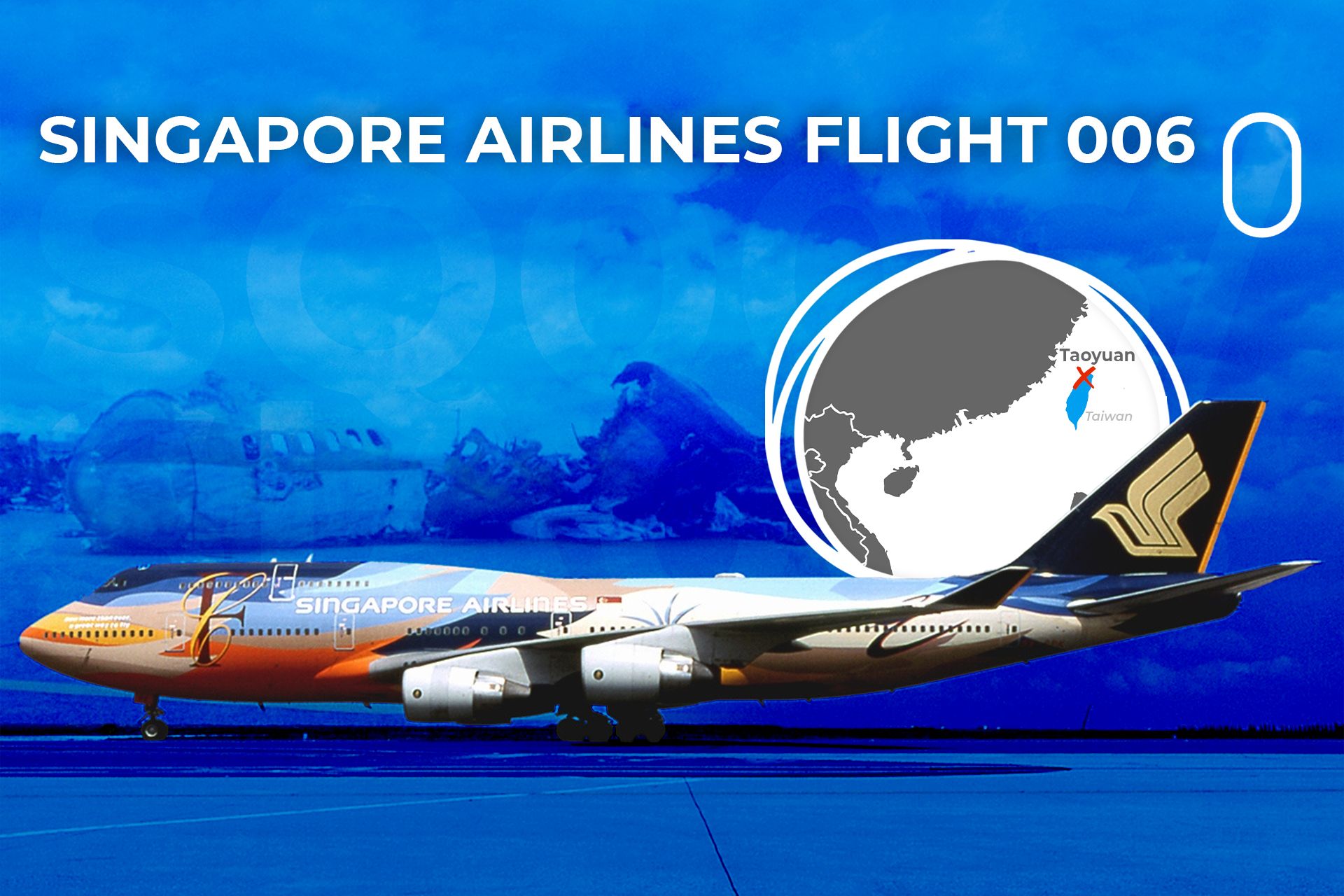
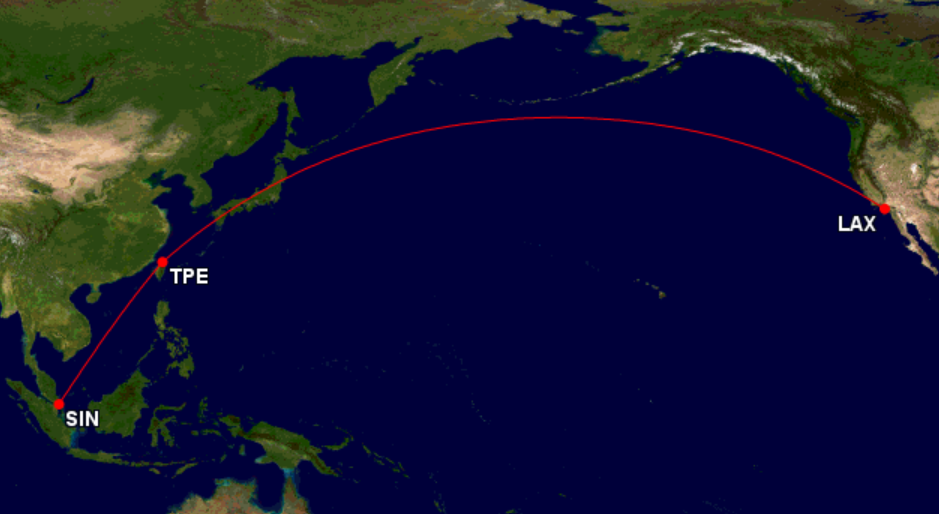
.jpg)
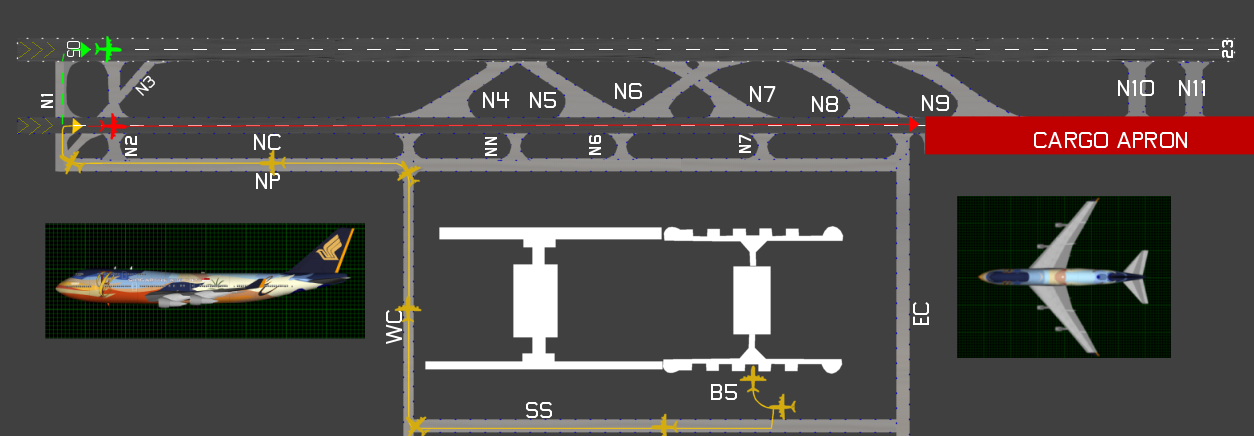
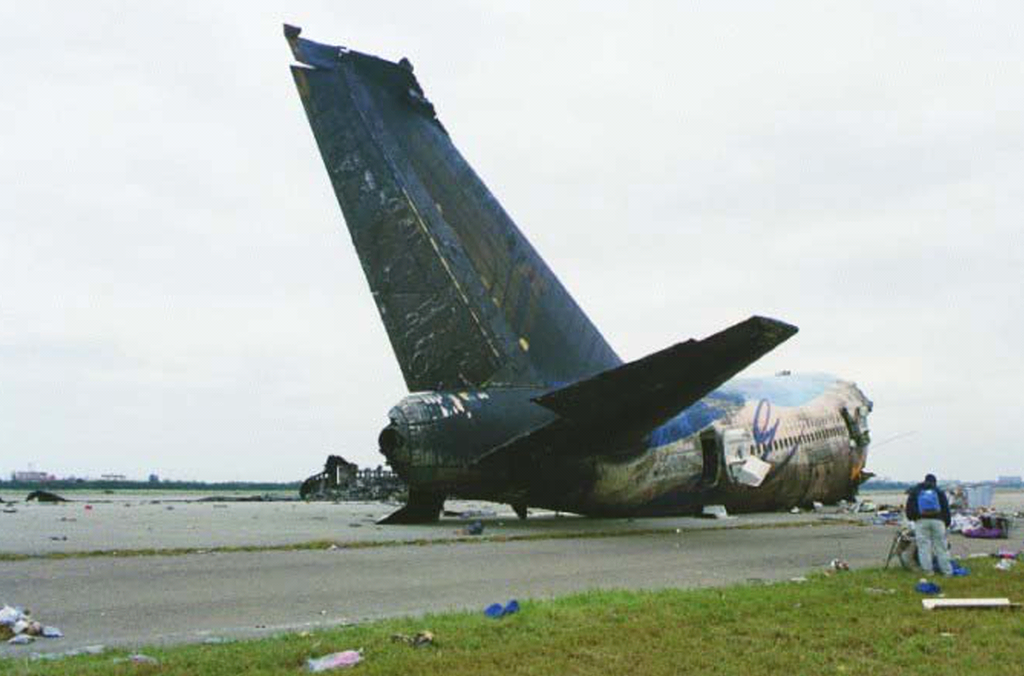
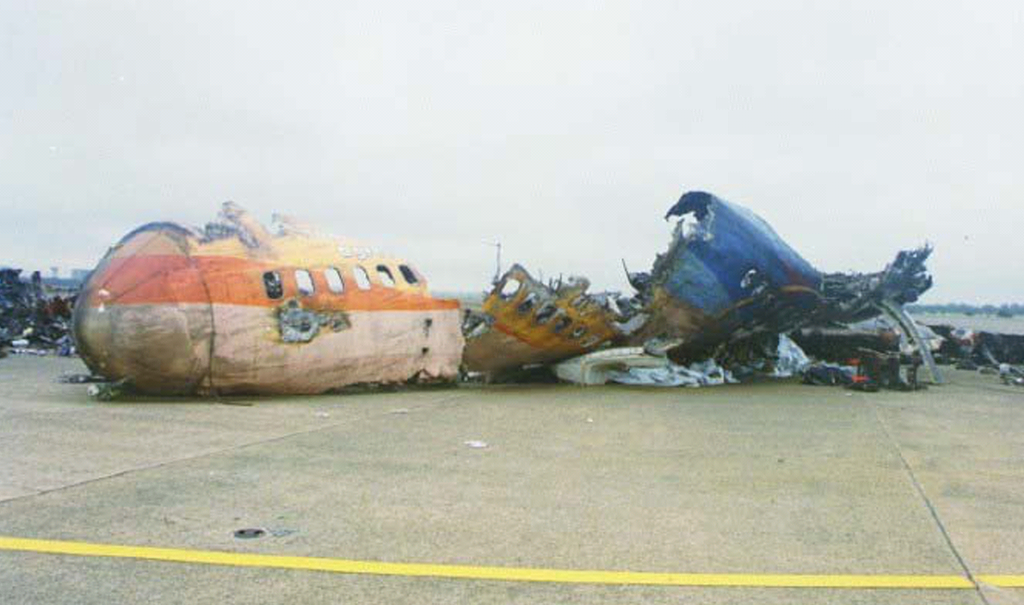
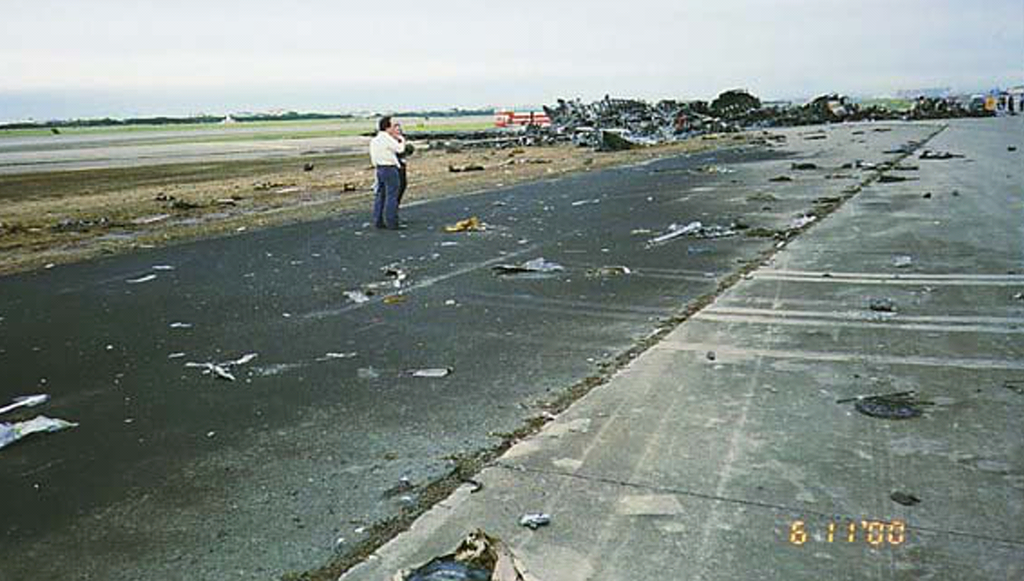
.jpg)
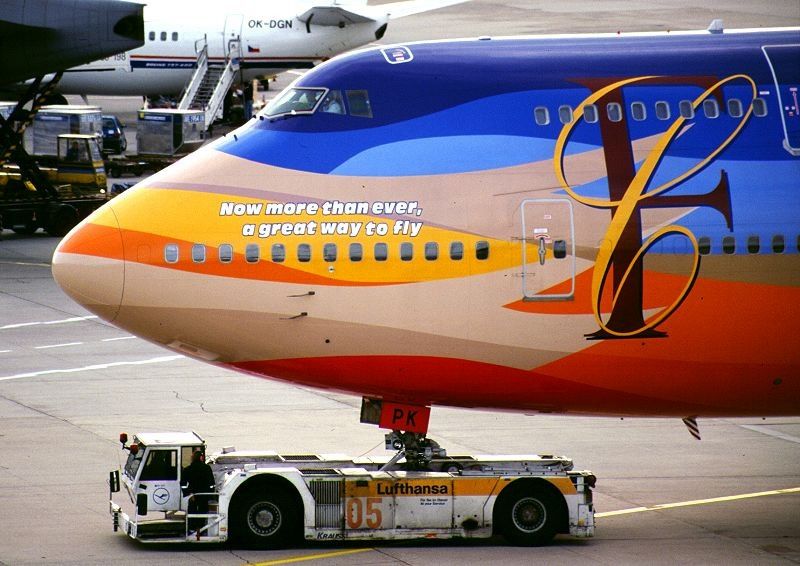

.jpg)